To grasp the importance of the city of Seto when it comes to pottery in Japan, you only need to look at one word: ‘Setomono.’ It is the universally used Japanese term for pottery, encompassing all pottery, not just the pottery specifically from Seto.
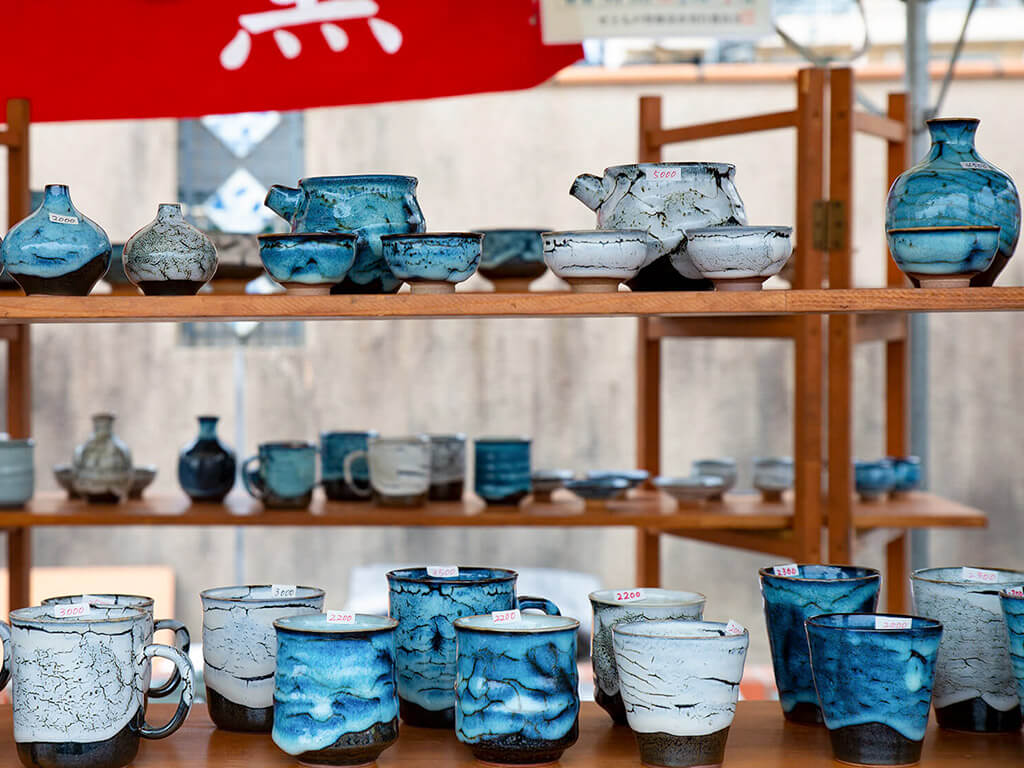
Pottery from Japan dated to 10,000 B.C. is the oldest known in the world. Moreover, the story of Jomon pottery is the earliest example of this tradition and art form.
Pottery making in Japan is a fine art traced back to the beginning of the 13th century, with the introduction of Chinese and Korean ceramic techniques and the establishment of one of the most important kilns, at Seto in Aichi Prefecture.
Article Contents
The History of Seto Is the History of Pottery
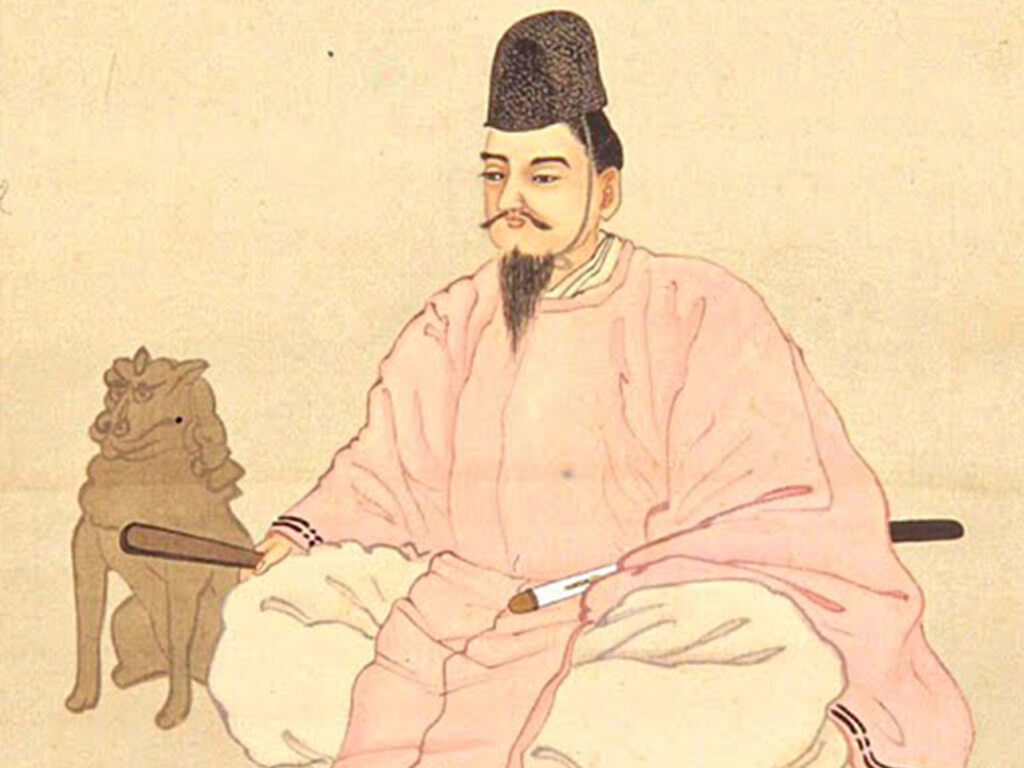
According to the written records of Seto, Kato Shirozaemon Kagemasa (1168 – 1249), known as Toshiro, went to China with the Zen monk Dogen to study pottery. Upon returning to Japan, he embarked on a trip across the country to find the perfect soil for pottery making. During his journey, he discovered high-quality clay in the Seto region, along with the abundant natural resources needed for crafting earthenware and porcelain. He established the first Seto kiln and began making glazed wares in the style of Chinese celadon.
Through his fine pottery pieces, Toshiro earned the title of Toso, or Master of Pottery, becoming the pioneer of pottery in Japan. He settled in Seto, which rapidly became a large hub for pottery and china manufacturing. Moreover, his legacy endured for over 12 generations.
Learn About the History of Japan’s Pottery at Seto-Gura Museum
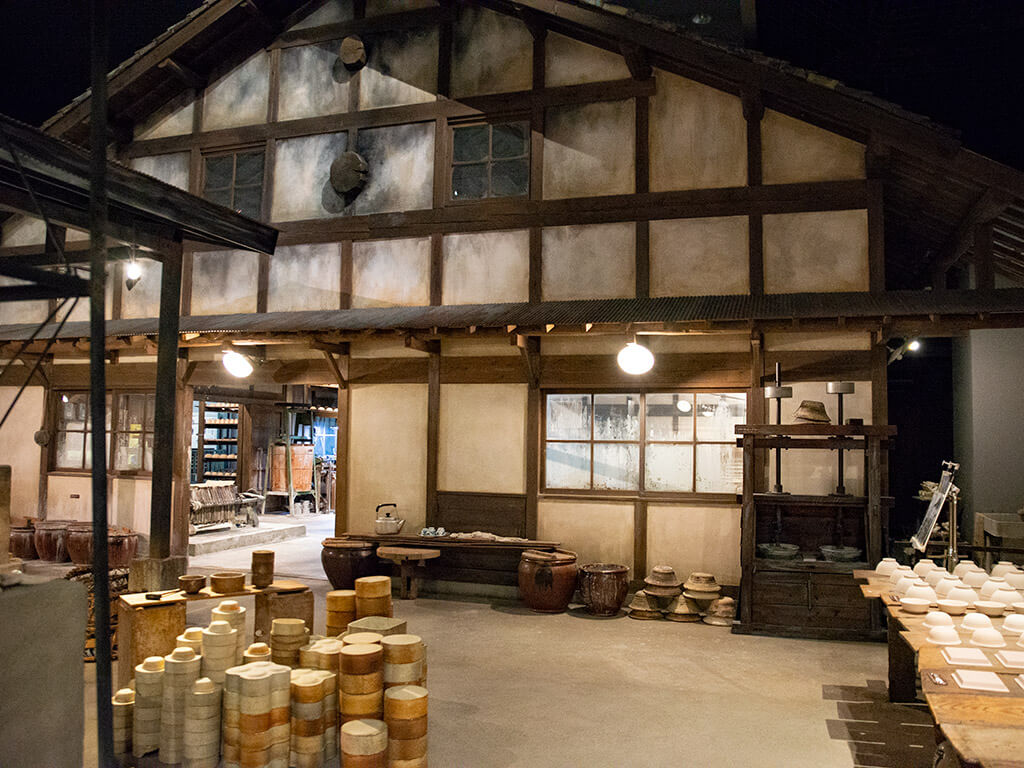
The Seto-Gura Museum displays the history of the city’s local pottery and ceramics, and its transition from the origins of “Setomono” to modern automation.
The museum is divided into 3 floors: the first floor exhibits ancient kilns, workshops, and displays a recreation of the Seto townscape. The second floor exhibits a complete guide to the entire production process of pottery-making, along with working machinery and a coal-fired kiln. The third floor exhibits glass-case pieces of representative and rare pottery from the Heian Period (794 – 1185) and standout Chinese-style vases and novelty pieces.
Seto-Gura Museum (瀬戸グラミュージアム)
Entry Fee: adults 520 yen, university/high school students 310 yen, junior high school students and younger free
Opening Hours: 9:00 – 17:00; closed the 4th Monday of each month
Address: 1-1 Kurashocho, Seto, Aichi 489-0813
Google Maps
Lots of Lucky Beckoning Cats Are Inviting You to Visit the Maneki Neko Museum
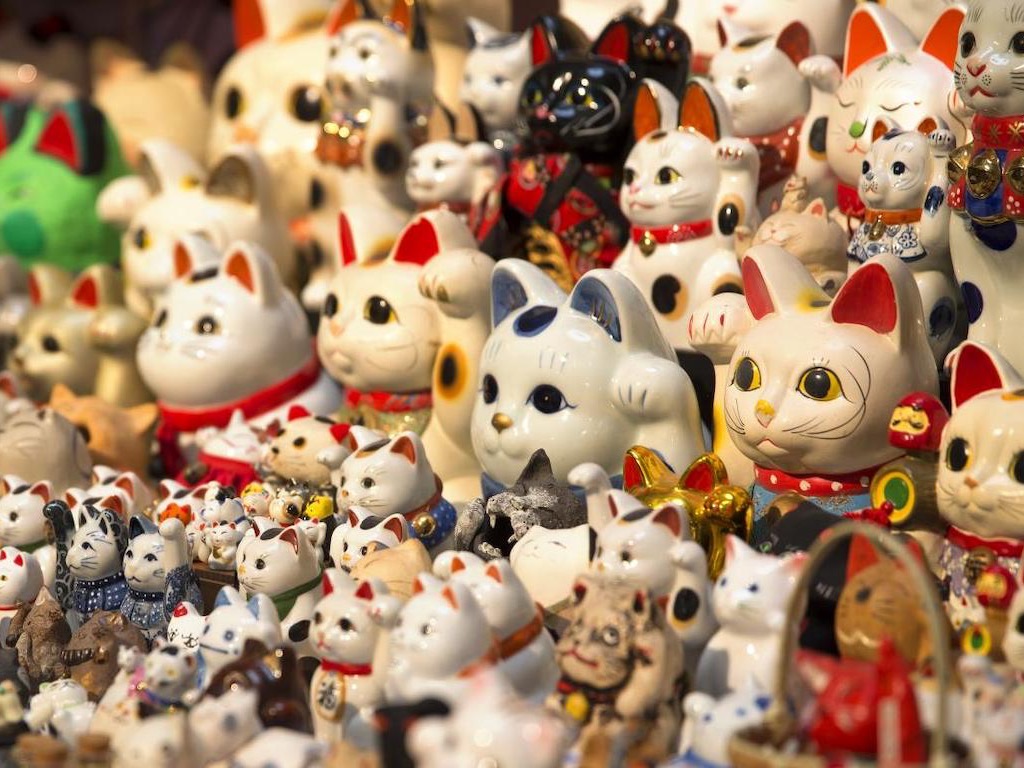
We’ve all seen the so-called Lucky Cats at Asian restaurants throughout the world, but did you know they are originally a Japanese symbol?
The Lucky Cat, or Maneki Neko, invites money or luck by beckoning with one hand. That’s why it is also often referred to as the Beckoning Cat in English.
In Seto, you will find the biggest collection of Maneki Neko in the world at the Maneki Neko Museum, housed in a neoclassical white building. About one thousand of these cute figurines (big and small) will keep you entertained, and it is a lot of fun trying to find your favorite one.
The museum also has a small cafe where you can take a rest, as well as a Maneki Neko painting experience, where you can color your personal Maneki Neko and take it home with you as a souvenir.
Maneki Neko Museum (招き猫ミュージアム)
Entry Fee: adults 300 yen, university/high school students 200 yen, junior high school students and younger free
Opening Hours: 10:00 – 17:00, closed Tuesdays
Address: 2 Yakushimachi, Seto, Aichi 489-0821
Website | Google Maps
Kamagaki No Komichi, a Winding Footpath in the Eastern Foothills of the Town
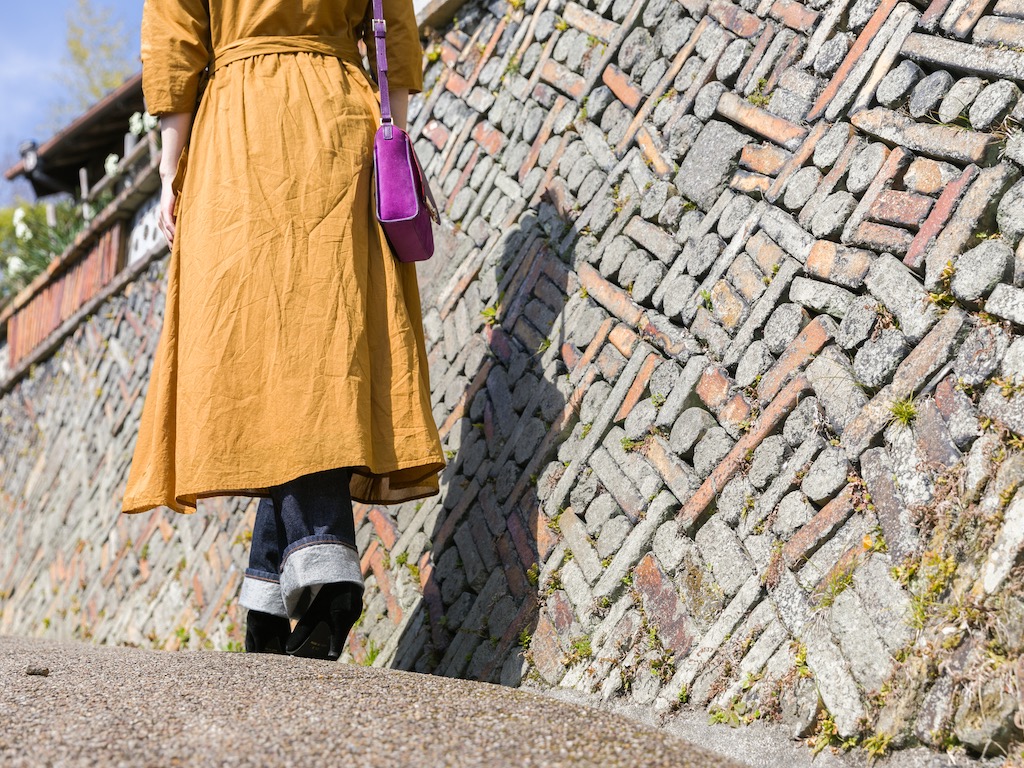
This photogenic 400-meter-long street is lined on both sides with old pottery tools and parts of kilns. The narrow winding street in the old part of town leads past pottery studios and art galleries and offers a charming glimpse into the city’s rich ceramic heritage.
As you stroll along this tranquil route, you can admire the rustic beauty of the kiln walls, each bearing the marks of time and tradition.
Kamagaki no Komichi (窯垣の小径)
Entry Fee: free
Opening Hours: Open 24 hours
Address: Nakaboracho, Seto, Aichi 489-0833
Google Maps
Learn the Art of Buddhist Statue Painting
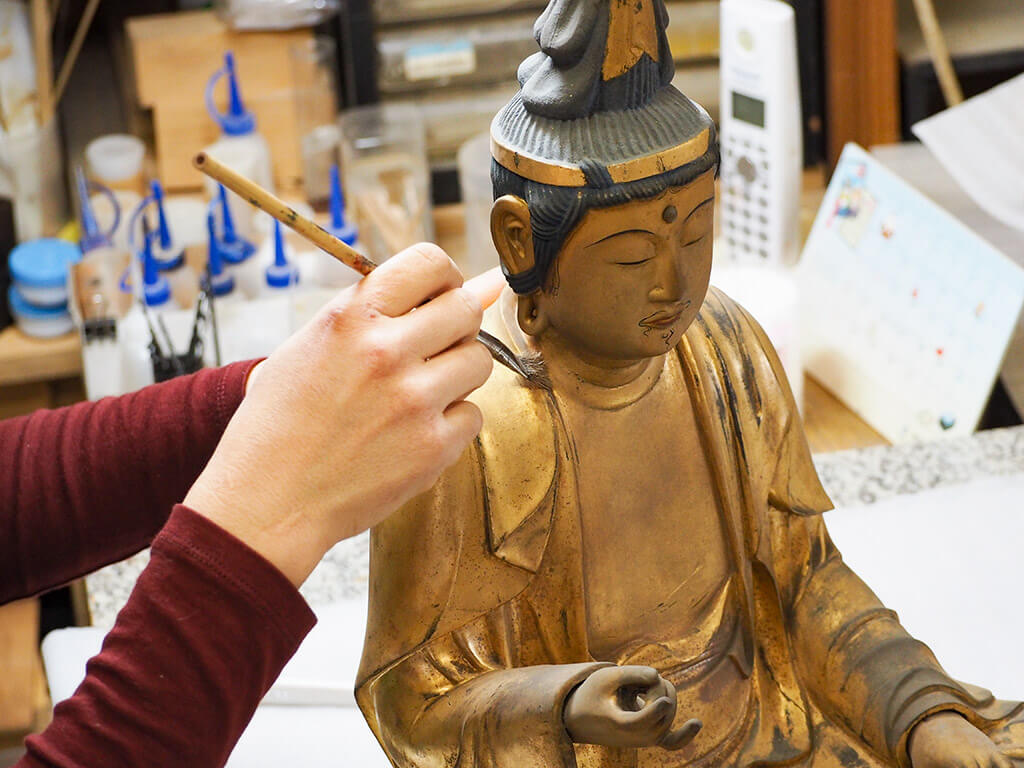
Even though Seto is all about pottery, it is not the only fascinating craftsmanship you can find there. The city is also home to a studio specialized in restoring Buddhist statues.
The specialists at this studio restore the statues using techniques such as wood carving, gold plating, and painting. It is a fascinating place and a unique chance to get up close to the old statues, even some in private possession that otherwise would never see the light of day.
As a souvenir of your experience, you can paint a small wooden box with beautiful Buddhist images using the same tools and colors as the masters.
This experience includes not only a tour of the studio, and the painting experience, but also a short guided tour through the arcades of Seto, rich in explanations by the young master of the studio. Book your experience here.
Feel the Essence of the History and Culture at Jokoji Temple
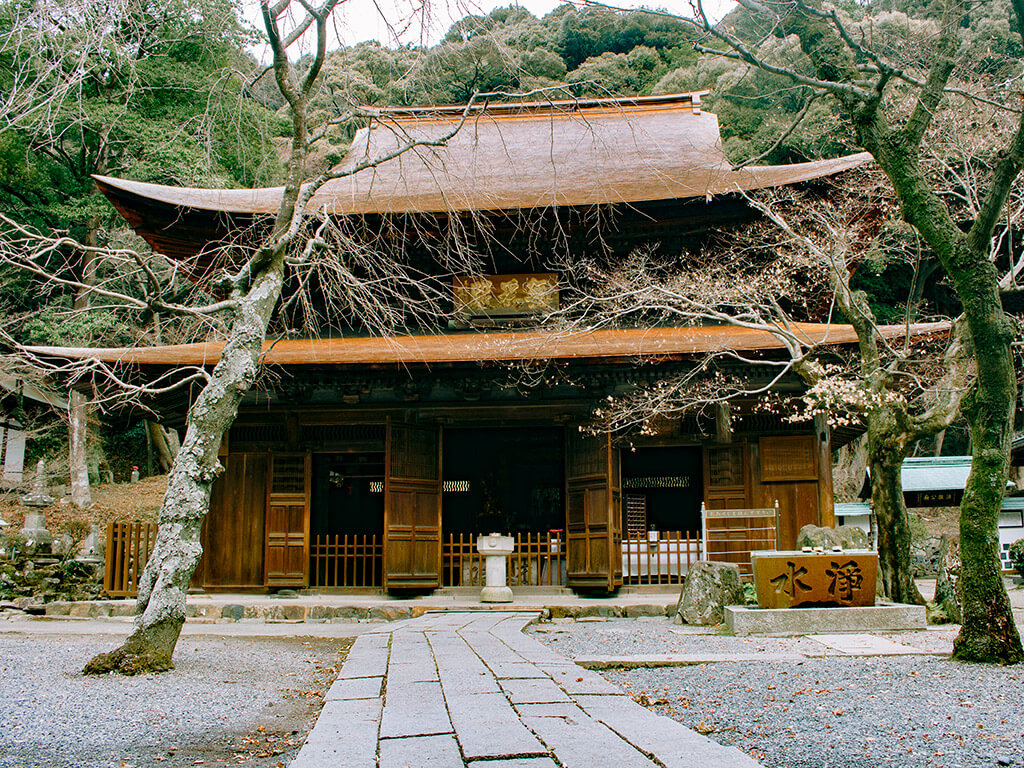
Jokoji Temple is an ancient Buddhist temple built in 1336 located atop a mountain in the Seto area. It houses the mausoleum of Tokugawa Yoshinao, the ninth son of the warlord and the first Tokugawa Shogun, Tokugawa Ieyasu. Additionally, it is designated as an Important National Cultural Property.
The best time to visit Jokoji Temple is during the autumn leaves season, from mid-November to early December when the numerous maple trees turn bright red.
Jokoji Temple (定光寺)
Entry Fee: free
Opening Hours: 9:00 – 17:00
Address: 373 Jokojicho, Seto, Aichi 480-1201
Google Maps
Seto Toso Festival: Honoring the Pioneer of Japanese Pottery
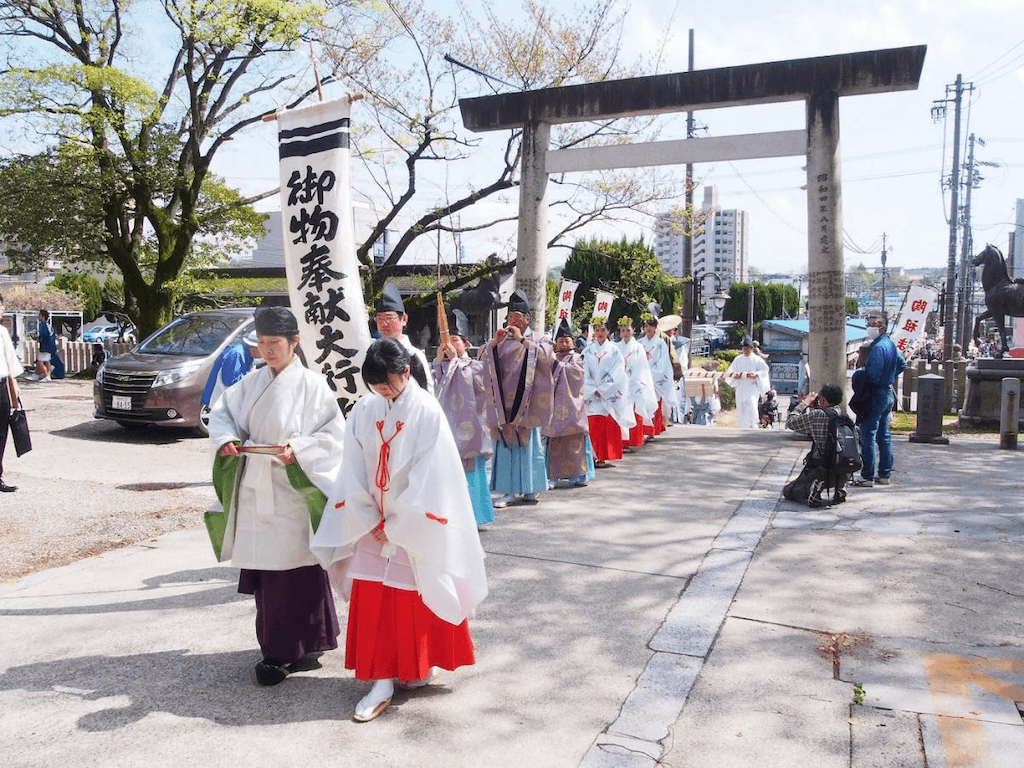
The Seto Toso Festival is held during the third weekend of April. It is a festival held in honor of Kato Kagemasa, the pioneer of pottery and the individual who put Seto on the map.
Each year, the Suehiko Shrine, located within the expansive grounds of Fukagawa Shrine where he is believed to be buried, hosts a festival in his honor. However, during the festival, the streets come alive and festivities are spread throughout the city, including multiple pottery fairs, traditional performances, and hands-on pottery workshops, offering a fascinating insight into Seto’s artistic traditions.
Seto Hina Doll Festival, Celebrating Girl’s Day With a Huge Display of Hina Dolls
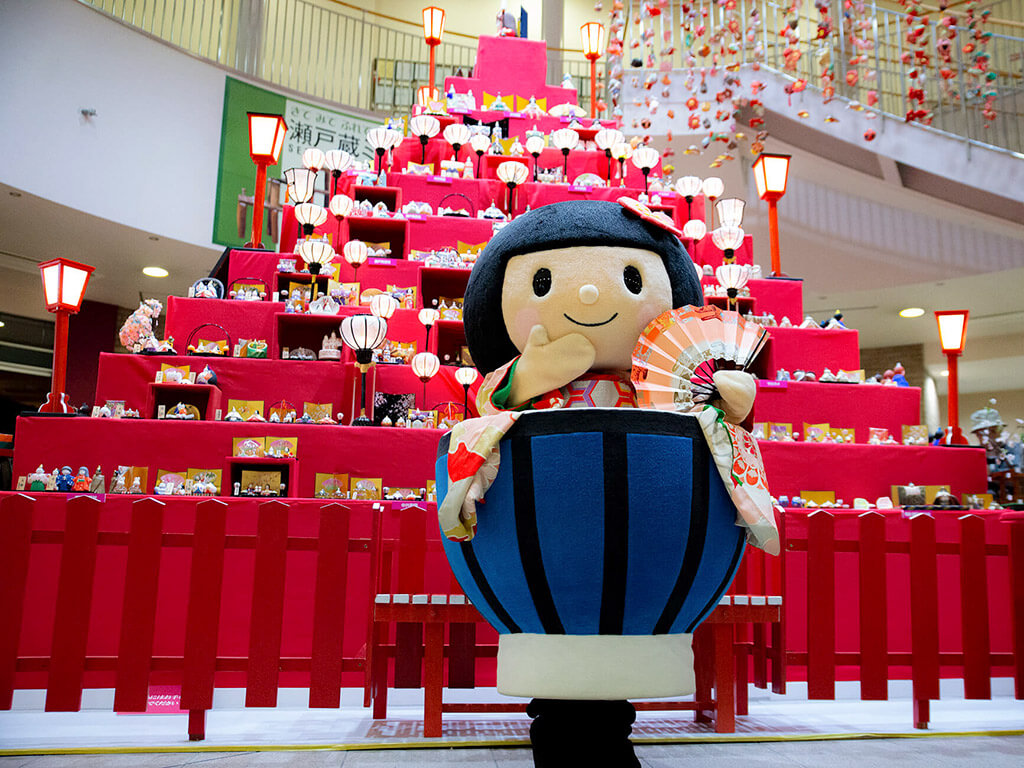
Every year, families across Japan celebrate Hina Matsuri, also known as Girl’s Day or Doll’s Day with a display of dolls dressed in the costumes of the court of the Heian Period (794 to 1185). This traditional festival is an occasion to pray for the well-being and prosperity of girls.
During the Seto Hina Doll Festival, a four-meter-tall Hina doll pyramid displays over 1,000 Hina dolls made of glass and ceramic at the Seto-Gura Museum. The festival takes place each year from early February to early March.
Discover the Biggest Pottery and Ceramics Festival at the Setomono Festival
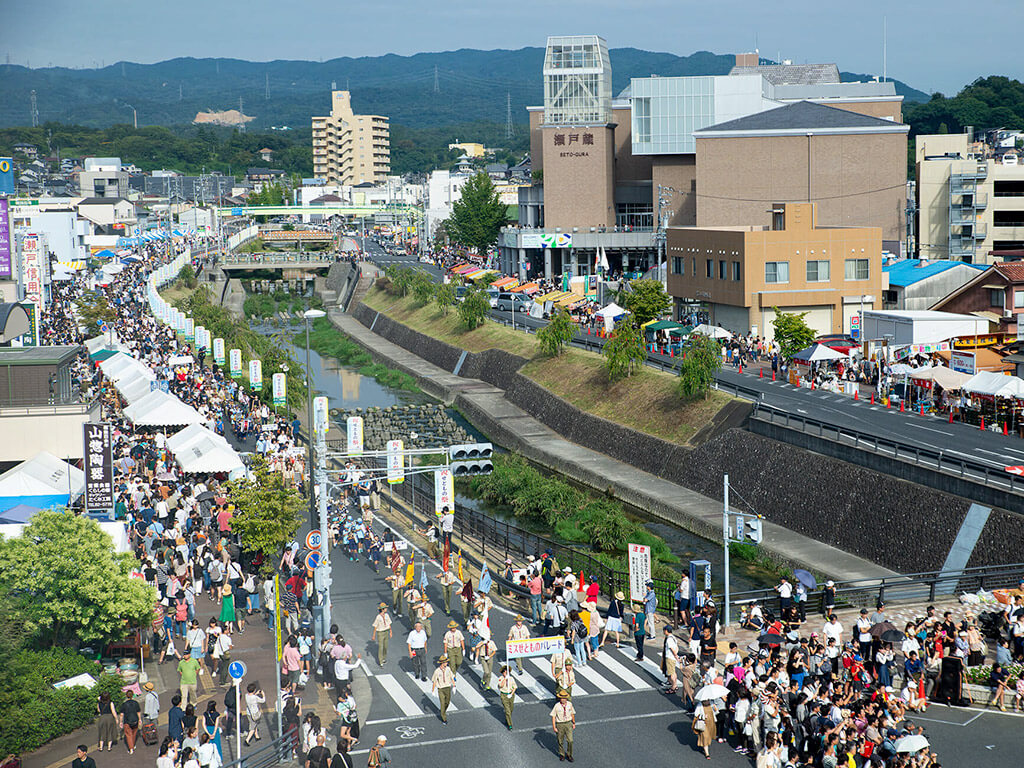
The Setomono Festival is the biggest festival of its kind in Japan and the best place to get pottery at discounted prices. The two-day festival celebrates Seto’s long pottery history by opening a gigantic bargain market with about 200 open-air stalls set up along the streets near the Seto River.
Attracting Good Fortune at the Maneki Neko Festival
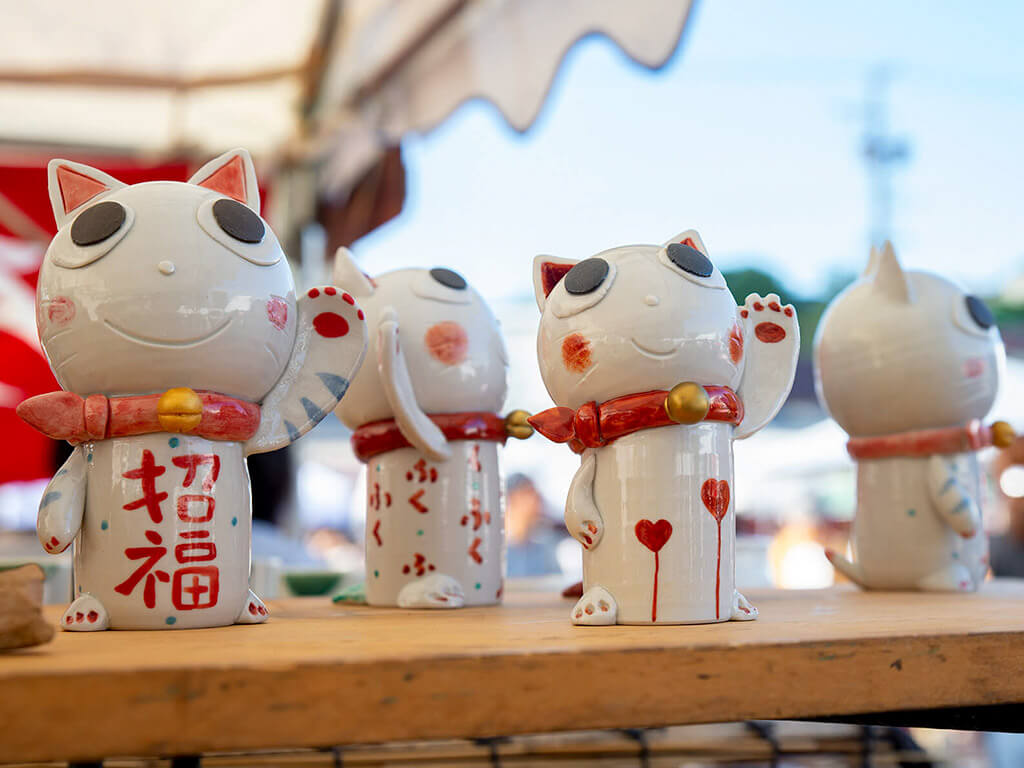
This festival is all about cats! Beckoning Cats to be exact, or Maneki Neko as they are called in Japanese. For two days in September, the people of Seto express their gratitude to the Maneki Neko for continuously bringing them good fortune.
The festival’s highlights include an exhibition of 100 Maneki Neko specially made and selected from contenders around the world. Kids can have their faces painted to feel like kittens for a day, and if you can’t get enough of Maneki Neko, how about enjoying a delicious lunch served in a cat-shaped lunch box?
How to Get to Seto
Seto (瀬戸)
Access: From Sakaemachi in Nagoya, take the Seto Line to Owari-Seto Station. The one-way trip takes 30 minutes and costs 460 yen.
Website | Google Maps
This post was last updated in February 2024.
Although we strive to provide you with the most accurate and up-to-date information possible, please note that changes may occur nonetheless. We recommend you confirm any relevant information such as event cancelations or changes, opening hours, or possible restrictions using a direct source. Please keep in mind that these sources might be in Japanese only.
Did you enjoy this article?
Make sure to check out our other posts about Nagoya and trust us if we say Nagoya is not boring!
Be sure to follow us on Facebook for regular updates on Nagoya, and see our Instagram for pictures and stories about the city!
Tag us 📲
If you have visited Seto before and would like to share your experience on social media, tag us with #nagoyaisnotboring

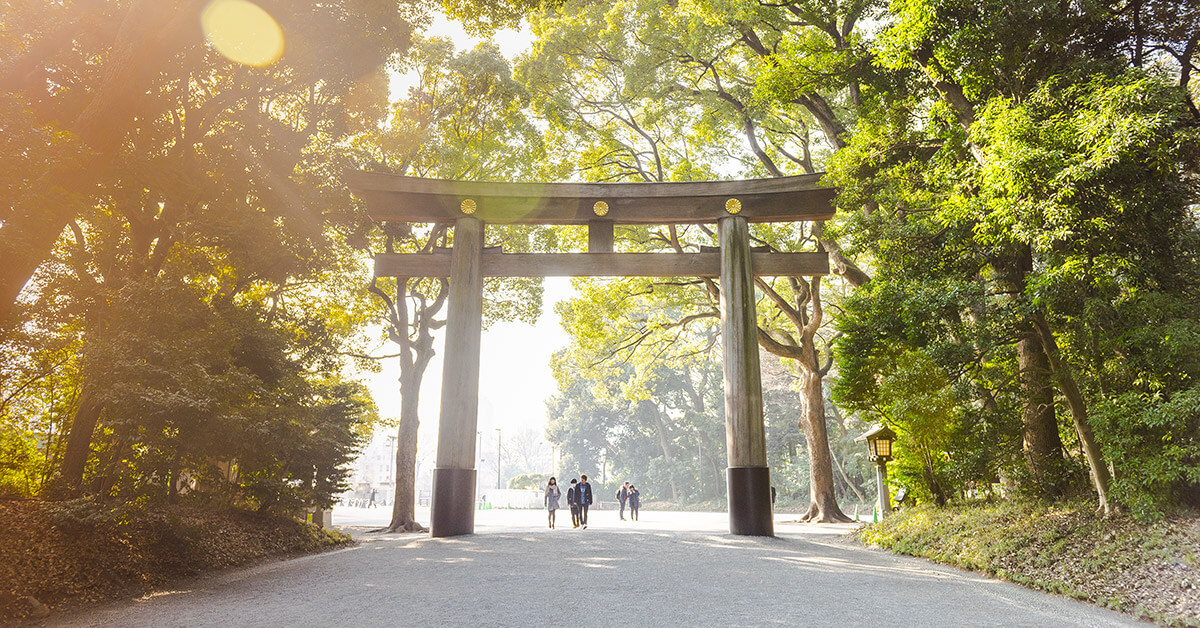
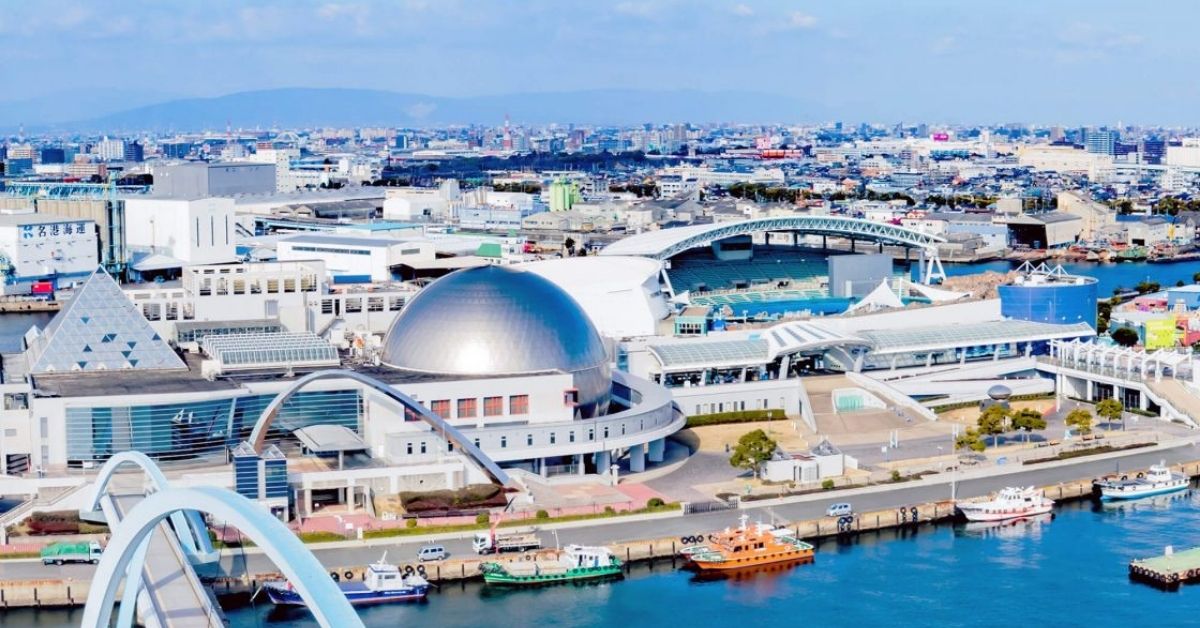

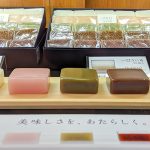
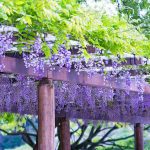
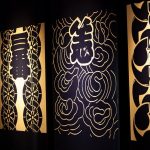
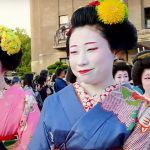
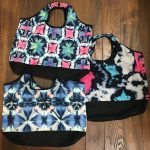
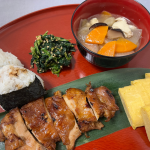
Elizabeth, I am a researcher and collector of Nippon era porcelains, primarily Old noritake, and I am trying to find information on the principal Seto supplier of Vantine & Co. Apparently Yakuro Nakamura owned a large factory in Seto (roughly 1890 to 1910) before his company was acquired by Nagoya Seitojo (Meito) by Tomejiro Terasawa. Nakamura was also associated with Seiji Company (1879-1889) and he came from a long line of porcelain producers in the Seto area.
Thank you for any suggestions you might have. john
PS – I have a significant amount of research articles on academia.edu.
Hi John,
Thank you for reaching out with your inquiry. While I’m not deeply knowledgeable about Nippon era porcelains, I appreciate the depth of your research and your focus on Old Noritake.
I may not have the specific information you’re seeking, but I’d be happy to connect you with someone in my network who might have more detailed insights or resources related to Yakuro Nakamura and the Seto porcelain industry.
Please let me know if you’d like me to facilitate this connection.